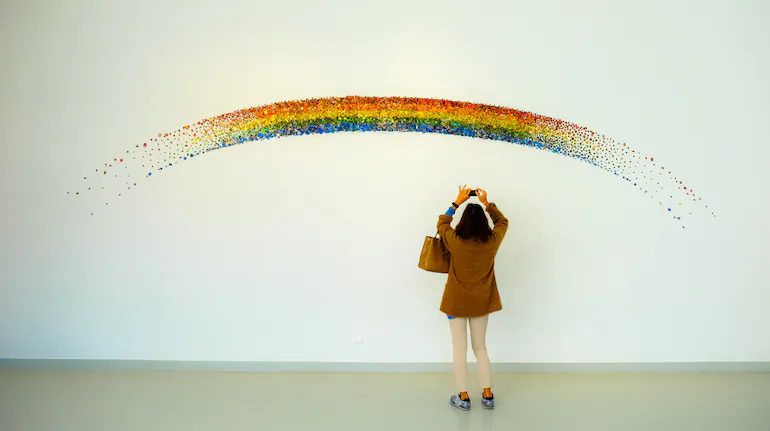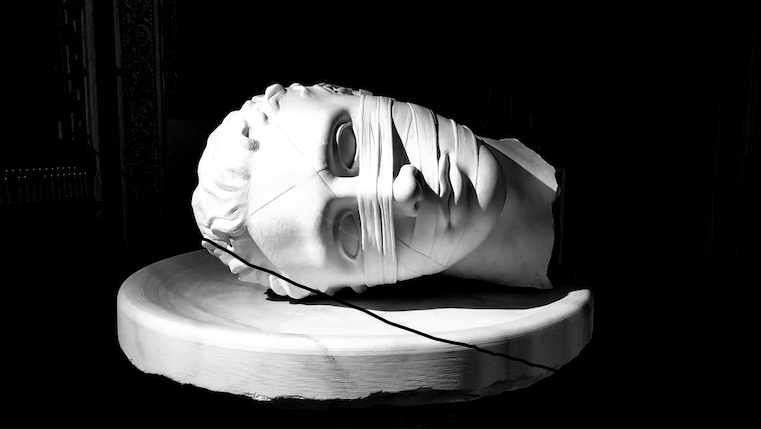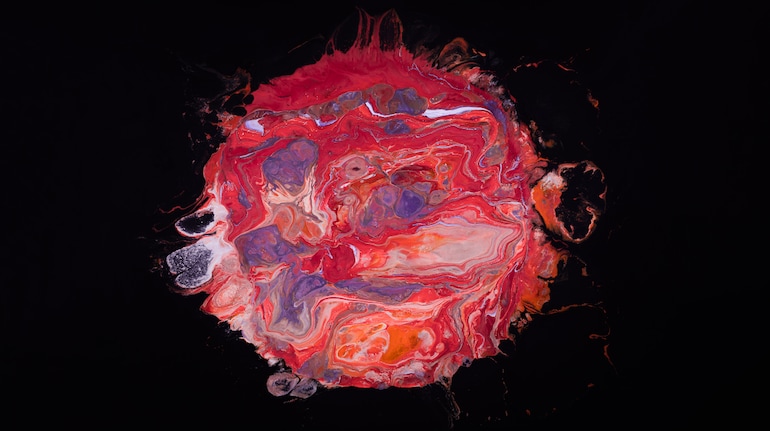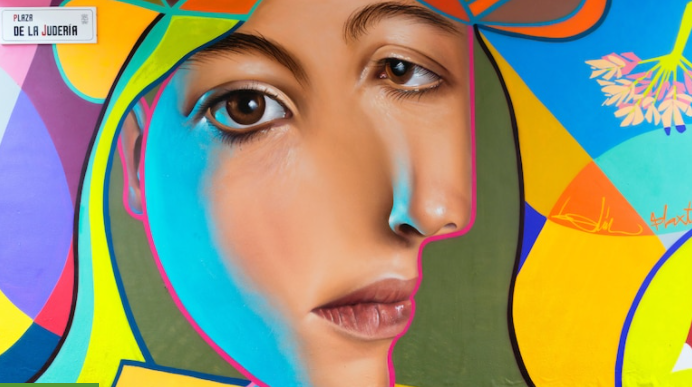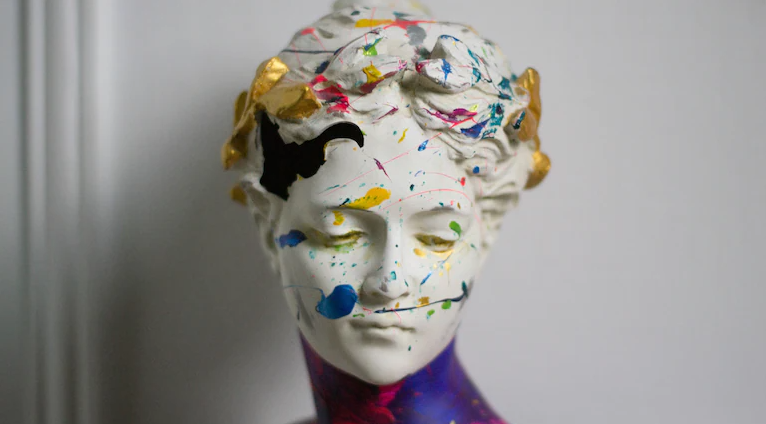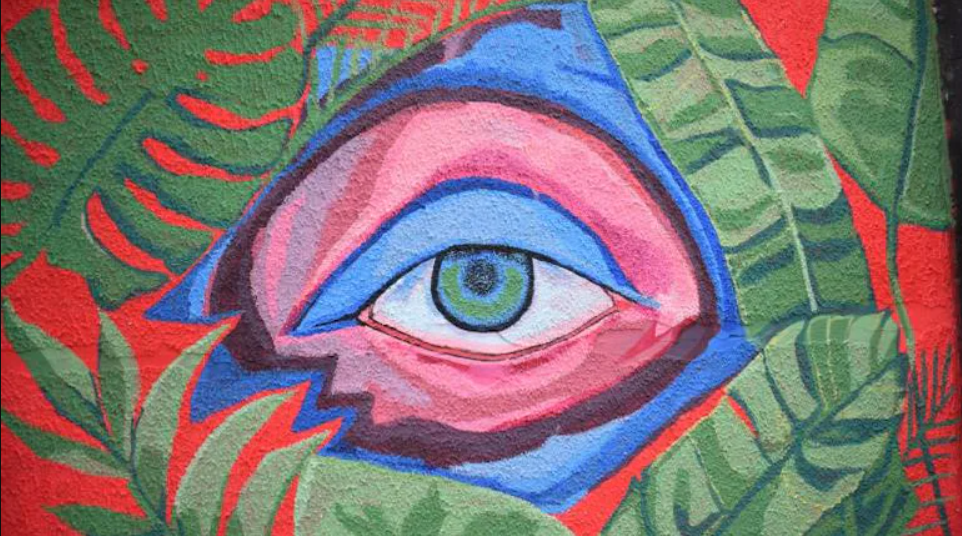Storyboard18 | Simply Speaking: Success is a subjective phenomenon where the network matters beyond its measure
Storyboard18 | Simply Speaking: Success is a subjective phenomenon where the network matters beyond its measure Andy Warhol said: “To be successful as an artist, you have to have your work shown by a good gallery for the same reason, say, that Dior never sold his originals from a counter in Woolworth’s.” Success is networked, collaborative and functions as a reputational feedback loop. [siteorigin_widget class=”SiteOrigin_Widget_Image_Widget”][/siteorigin_widget] In the Web era, evaluations to decide merit can and are being made through new, collective tools that challenge top down, elitist networks. (Representational image: Aleks Marinkovic via Unsplash) Success needs results. Performance needs opportunity. Often, we see that ordinary talent may go a long way whilst a top talent may fall by the wayside or never get on to the road to success. Why does that happen ? How is such a judgement on according credit made? How is success achieved? How genuine is acclaim? Multiple dependencies govern how art, fashion, architecture, politics or even business impact can be judged for individual work. The emergence of collective intelligence on internet platforms has made the stakes higher and the process more accelerated. Still, the more things change, the more essentially they remain the same. First, it is a circular ecosystem. Artists derive prestige from their affiliations with specific galleries and museums; in turn, the prestige of these institutions stems from the perceived importance of the artists they represent and exhibit. Prestige is often as subjective as it is valuable. Invisible, intangible influences have a bearing on assessed value. Where does it start? There were a few major hubs in the world of art, represented by a few institutions that are linked to an exceptional number of other institutions. In this short list are American names such as New York’s Guggenheim, Gagosian Gallery, Pace Gallery, Metropolitan Museum of Art, Art Institute of Chicago, and National Gallery of Art in Washington, D.C. These are closely linked to European institutions like the Tate, Centre Pompidou, and Reina Sofia. These institutions are the trampolines of artistic success. By showing at major galleries or museums, you are propelled towards superstar status in the art world. Fashion is almost the same. The Fashion weeks at New York, Milan, London and Paris are the big platforms. Fashion labels get a seal of approval here. Buyers, retail chains, critics all congregate here. For 5 seasons, as marketing head of Lakmé between 2006 and 2010, I also ran the Lakmé Fashion Week at Mumbai and I saw this core ecosystem from an outer circle. I recall Suzy Menkes visiting us and later the investor Ted Forstmann and what that meant in terms of attention worldwide. Haute couture is a twice-yearly five-day show fiesta in Paris where a select handful of brands produce handmade-to-order garments that cost approximately $10,000 to $100,000 a piece. To qualify as a couture house, which is an official designation like champagne, a brand must maintain an atelier of a certain number of artisans full-time and produce a specific number of garments twice a year for a show. There are only a very few that can fulfil the requirements, including Chanel, Dior and Valentino. Many such as Balmain, Versace, Saint Laurent have dropped off over the years, and the governing organization has relaxed some of its rules to admit younger, less resourced and guest designers, like Iris van Herpen and Guo Pei. There are only a few hundred clients in the world who regularly buy couture, including Middle Eastern royalty and American ultra-rich. Guests often sit on gold ballroom chairs. At Chanel, the designer Karl Lagerfeld often recreated gardens from around the world as his sets. This is obviously not a club where one gets voted in on mass appeal. Clement Greenberg, a famous art critic in the 1950s, said that art will always be tied to money by an umbilical cord of gold. It used to be said that you will never have a good art career unless your work fits into the elevator of a New York apartment block. The biggest art hub is Manhattan and if your work is not on walls there, you could forget about being top rated. If you gave most people Rs 680 crore, and they had to choose whether to spend it on a 20-bedroom house and a massive estate in the Swiss Alps or a painting by Mark Rothko of two large dark-red rectangles (in May 2012, Orange, red, yellow circa 1961 sold for $86.9 million when it went under the hammer at Christie’s in New York), the overwhelming majority would choose the real estate. We understand the notion of paying for size and location in real estate, but most of us have no criteria or confidence to judge the price for a work of art. We pay for things that can be lived in, driven, consumed, and worn; and we believe in an empirical ability to judge their relative quality and commercial value. Does it matter if such assessments are done by a cliquish set up? Surely it is the best talent that gets to these institutions. It is tempting to conclude that if you want to succeed, all you need to do is move to New York, or London, or Paris. But that’s not true. It is linkages within the network not the cities that matter. Even in a gallery next door to the Guggenheim it would be impossible to find exposure or success. Likewise, the failures in Milan or Paris are in their thousands. Andy Warhol said “To be successful as an artist,you have to have your work shown by a good gallery for the same reason, say, that Dior never sold his originals from a counter in Woolworth’s.” Success is networked, collaborative and functions as a reputational feedback loop, where galleries make names for themselves by taking on big-name artists, and big-name artists earn their fame by showing at reputable galleries. Once you are a named success, it’s in everyone’s interest to keep you successful. Galleries don’t survive without buyers. Buyers want value to grow. Big collectors sit on museum boards. They donate major works to these institutions.


